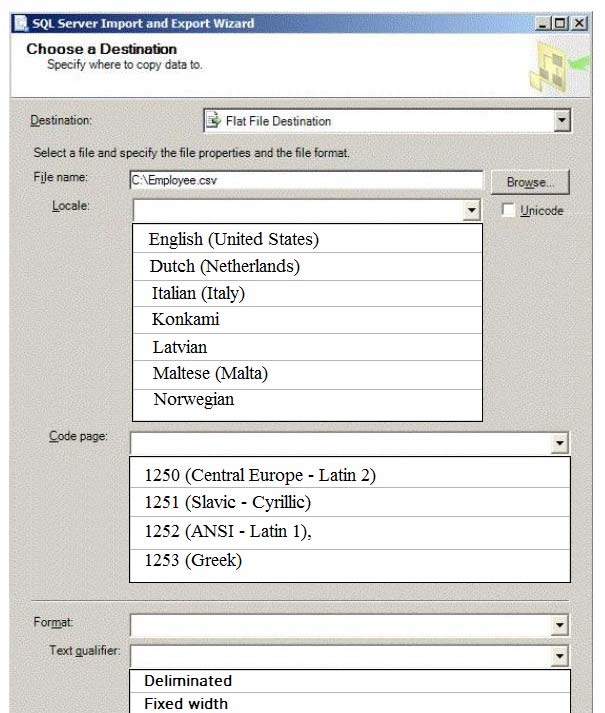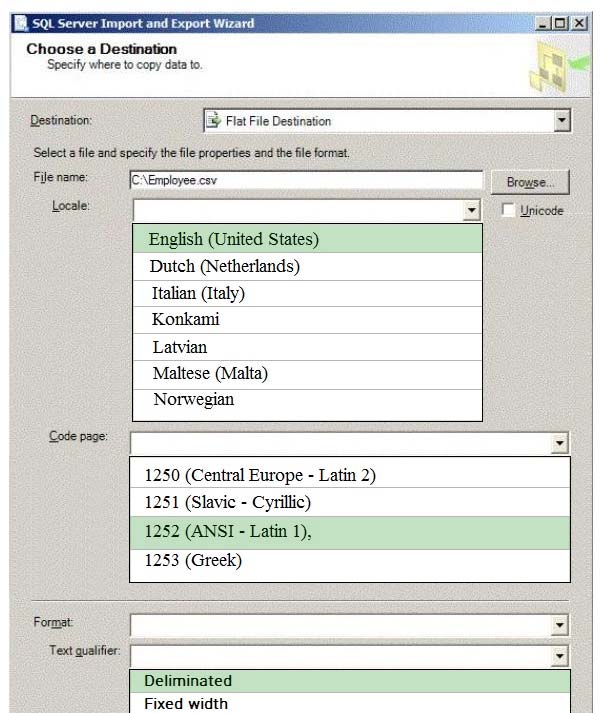DRAG DROP -
You administer a Microsoft SQL Server 2012 environment that contains a production SQL Server 2005 instance named SQL2005 and a development SQL Server
2012 instance named SQL2012.
The development team develops a new application that uses the SQL Server 2012 functionality. You are planning to migrate a database from SQL2005 to
SQL2012 so that the development team can test their new application.
You need to migrate the database without affecting the production environment.
Which three actions should you perform in sequence? (To answer, move the appropriate actions from the list of actions to the answer area and arrange them in the correct order.)
Select and Place:







